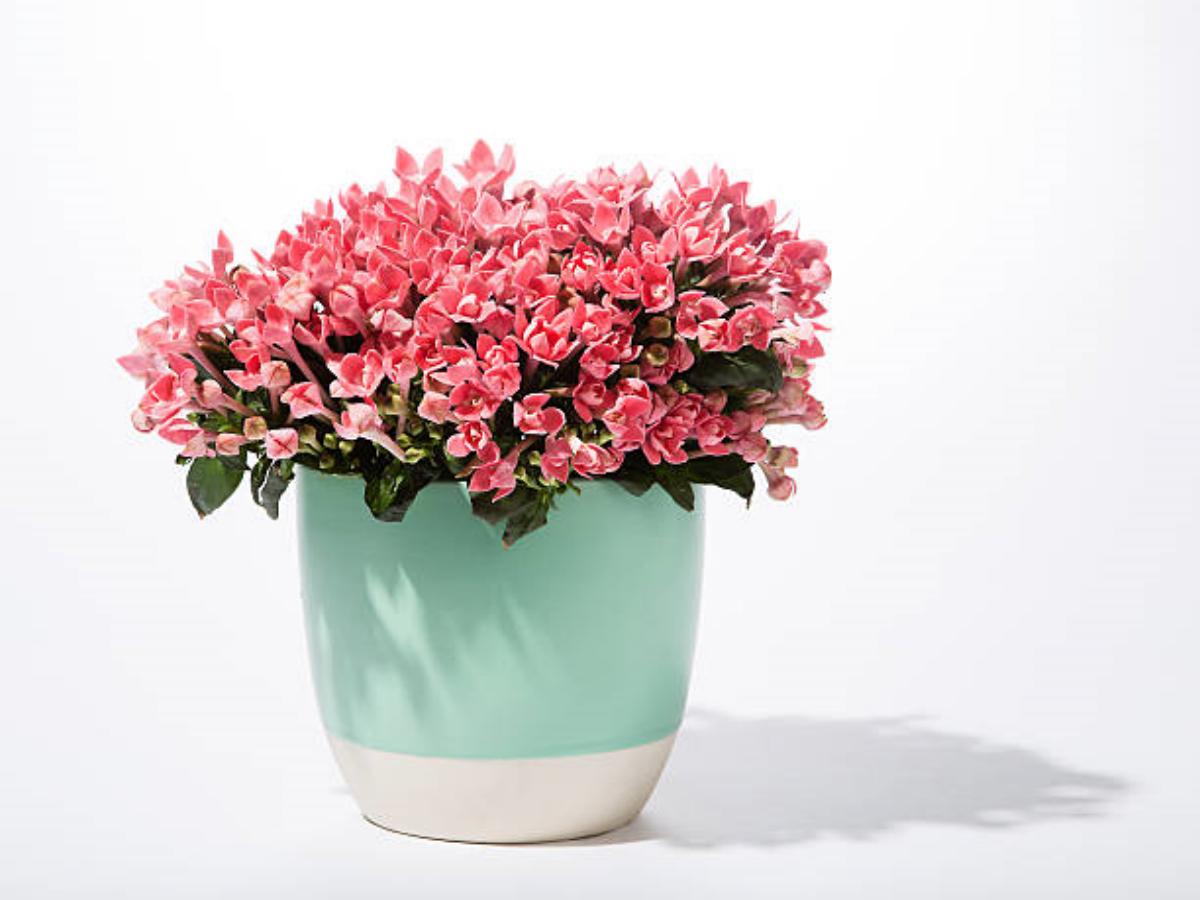Do plants grow better in ceramic pots?
Introduction:
When it comes to choosing the right pots for your plants, ceramic pots are often a popular choice among gardeners. These beautiful and versatile containers have been used for centuries, but do plants actually grow better in ceramic pots? In this article, we will explore the various aspects of using ceramic pots for plant growth and whether they provide any advantages over other types of containers.
The Benefits of Ceramic Pots
1. Enhanced Drainage and Aeration:
Ceramic pots are known for their excellent drainage properties. These pots usually have one or more drainage holes at the bottom, allowing excess water to escape easily. This prevents waterlogging and ensures that the plant's roots do not become waterlogged, which can lead to root rot. Additionally, ceramic pots offer better aeration to the roots, as the porous nature of the material allows air to circulate around the roots, promoting healthy growth.
The Impact of Ceramic Pots on Plant Temperature
2. Temperature Regulation:
Ceramic pots have the ability to regulate the temperature of the soil within them. Unlike plastic pots that tend to trap heat, ceramic pots provide insulation, keeping the soil cooler in hot weather and warmer during colder months. This temperature regulation can be particularly beneficial for plants that are sensitive to extreme temperatures.
The Aesthetic Appeal of Ceramic Pots
3. Aesthetically Pleasing:
One of the main reasons gardeners opt for ceramic pots is their aesthetic appeal. These pots come in a wide range of beautiful designs, colors, and textures, allowing you to choose containers that complement your indoor or outdoor space. The visual appeal of ceramic pots can enhance the overall ambiance of your garden or living space, making them a popular choice for plant enthusiasts.
The Durability Factor
4. Long-Lasting and Durable:
Ceramic pots are known for their durability, as they are resistant to cracking and fading. Unlike plastic pots that degrade over time due to exposure to sunlight, ceramic pots can withstand harsh weather conditions and maintain their structural integrity for many years. This longevity makes them a cost-effective choice in the long run, as you won't need to replace them frequently.
Moisture Retention in Ceramic Pots
5. Moisture Retention:
While ceramic pots offer excellent drainage, they also have the ability to retain moisture in the soil. This can be advantageous for plants that prefer slightly moist conditions, as the ceramic material helps to prevent rapid evaporation of water from the soil. However, it's important to strike a balance and not overwater your plants, as excessive moisture retention can lead to root rot.
Weight and Stability
6. Weight and Stability:
Ceramic pots are heavier compared to plastic or lightweight containers. This added weight provides stability to your plants, preventing them from toppling over easily. The weight of ceramic pots also makes them less susceptible to being blown over by strong winds, which can be particularly beneficial for outdoor gardens.
Compatibility with Different Plant Types
7. Versatility:
Another advantage of ceramic pots is their versatility. They are suitable for a wide range of plant types, including both indoor and outdoor plants. Whether you're growing herbs, flowers, succulents, or even small trees, ceramic pots can accommodate different plant species and their specific needs.
The Cost Factor
8. Cost Considerations:
While ceramic pots may be slightly more expensive compared to plastic pots, their durability and longevity make them a worthwhile investment. Additionally, the aesthetic appeal and the overall benefits they offer to plant growth can outweigh the initial cost. Consider it as a long-term investment in the beauty and health of your plants.
Cleaning and Maintenance
9. Low Maintenance:
Ceramic pots are relatively easy to clean and maintain. You can simply wash them with mild soap and water to remove any dirt or residue. However, it's important to avoid using abrasive materials or harsh chemicals that could damage the surface of the pot. Regular cleaning and maintenance will ensure that your ceramic pots remain in great condition for years to come.
Considerations for Outdoor Use
10. Outdoor Considerations:
When using ceramic pots outdoors, it's important to consider the impact of weather conditions. Ceramic pots can be susceptible to cracking in freezing temperatures, so it's advisable to bring them indoors or provide insulation during winter months. Additionally, avoid placing ceramic pots in direct sunlight for extended periods, as excessive heat exposure can cause the soil to dry out quickly.
Ceramic pots, plant growth, drainage, aeration, temperature regulation, aesthetic appeal, durability, moisture retention, weight, stability, versatility, cost considerations, low maintenance, outdoor use Do Plants Grow Better in Ceramic Pots? | Benefits, Tips, and Considerations Are ceramic pots the best choice for your plants? Discover the benefits of using ceramic pots, including enhanced drainage, temperature regulation, and aesthetic appeal. Learn about their durability, moisture retention, and compatibility with different plant types. Find tips for cleaning and maintenance, and considerations for outdoor use. Explore the advantages and factors to consider when choosing ceramic pots for your plants.

